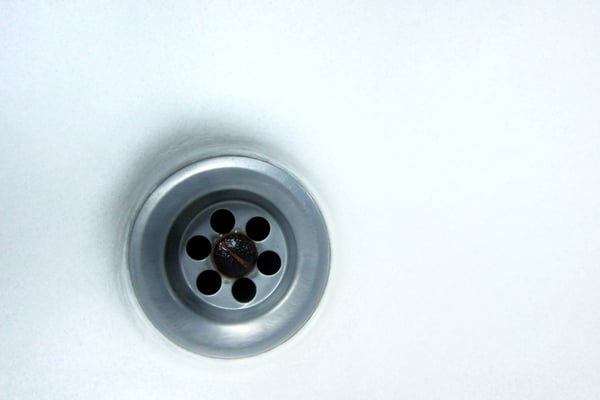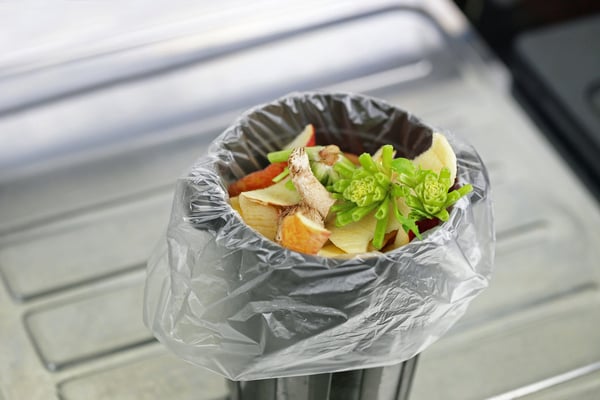You’ve almost certainly seen Phorid flies, even if you didn’t know what they were. You’ve probably seen them buzzing around garbage cans, dirty drains, or even bathroom stalls. They’re a persistent plague to picnics, campgrounds, and food services everywhere. And if you give them half a chance, they’ll create generations in your home! Phorid flies are one of the great unknown pest menaces. They tend to get lumped in with house flies and fruit flies, but they’re different in important ways. For one thing, fruit flies don’t tend to hide out inside your plumbing pipes. Before you can properly prevent Phorid flies (and trust us, you want to), you have to know a thing or two about them. Specifically, you should know these things:
What Are Phorid Flies?
Phorid flies have many nicknames, “humpbacked,” “coffin,” “scuttle,” and “drain” flies. All Phorid flies make up the Phoridae family, a large family of small flies. There are over 3500 species of these flies in the world. The most commonly-encountered Phorid flies in North America are the humpbacked fly (Dohrniphora cornuta) and scuttle fly (Megaselia scalaris). These species tend look a lot like fruit flies, but lack the fruit fly’s distinctive bright red eyes. They’re usually tan or dark brown and measure around ⅛” long, including their wings. Phorid flies’ most prominent feature is the rounded, elevated shape of their thorax. This high arch gives the flies the appearance of being hunched over, hence their “hunchback” nickname. They're also called “scuttle” flies because they tend to run erratically over surfaces more often than they fly. Adults are capable of flight, but they generally only fly short distances before landing. The flies may respond to nearby movement by flying or scuttling away rapidly.
What Do Phorid Flies Want?
Phorid flies are only interested in eating and reproducing. To do either of those things, they need moisture and decaying organic material. They're particularly attracted to rotting organic material, but they can survive in virtually any moist environment. The nickname “drain” fly comes from the fact that they often infest drains to feed on filth inside them. When Phorid flies find the right environment, they start reproducing--and spreading--fast. A single female Phorid fly can lay up to 500 eggs in her lifetime. They lay their eggs directly on decaying matter to ensure their offspring may begin eating immediately after they hatch. Larvae hatch from eggs within 24 hours and feed for 8-16 days. After growing to their maximum size, larvae pupate into adults, reproduce, and continue the cycle. A full Phorid fly life cycle only lasts about two weeks to one month, so they grow and multiply very quickly.Why Do I Have Phorid Flies?
Phorid flies initially enter structures because they’re attracted to moist, decaying organic matter. That matter could take many forms, including trash, grease or build up in drains, or even decomposing plants. Often, they're are attracted to leaking pipes or other areas where excess moisture accumulates. They also often congregate around rotting garbage outside and find their way in after spreading out. Even just the residue left behind in a garbage can foster multiple generations of Phorid flies. Initially, Phorid flies might infiltrate your home through an open door or window or a torn screen. The flies are small enough to fit through tiny gaps in screens, frames, or even baseboard. They often find these gaps accidentally while scuttling along. Unfortunately, however, most of the flies in your home were born there. Unlike Fruit flies, which tend to focus on single food sources, Phorid flies spread out. Once they’re inside, they’ll spread to food sources throughout the home.






